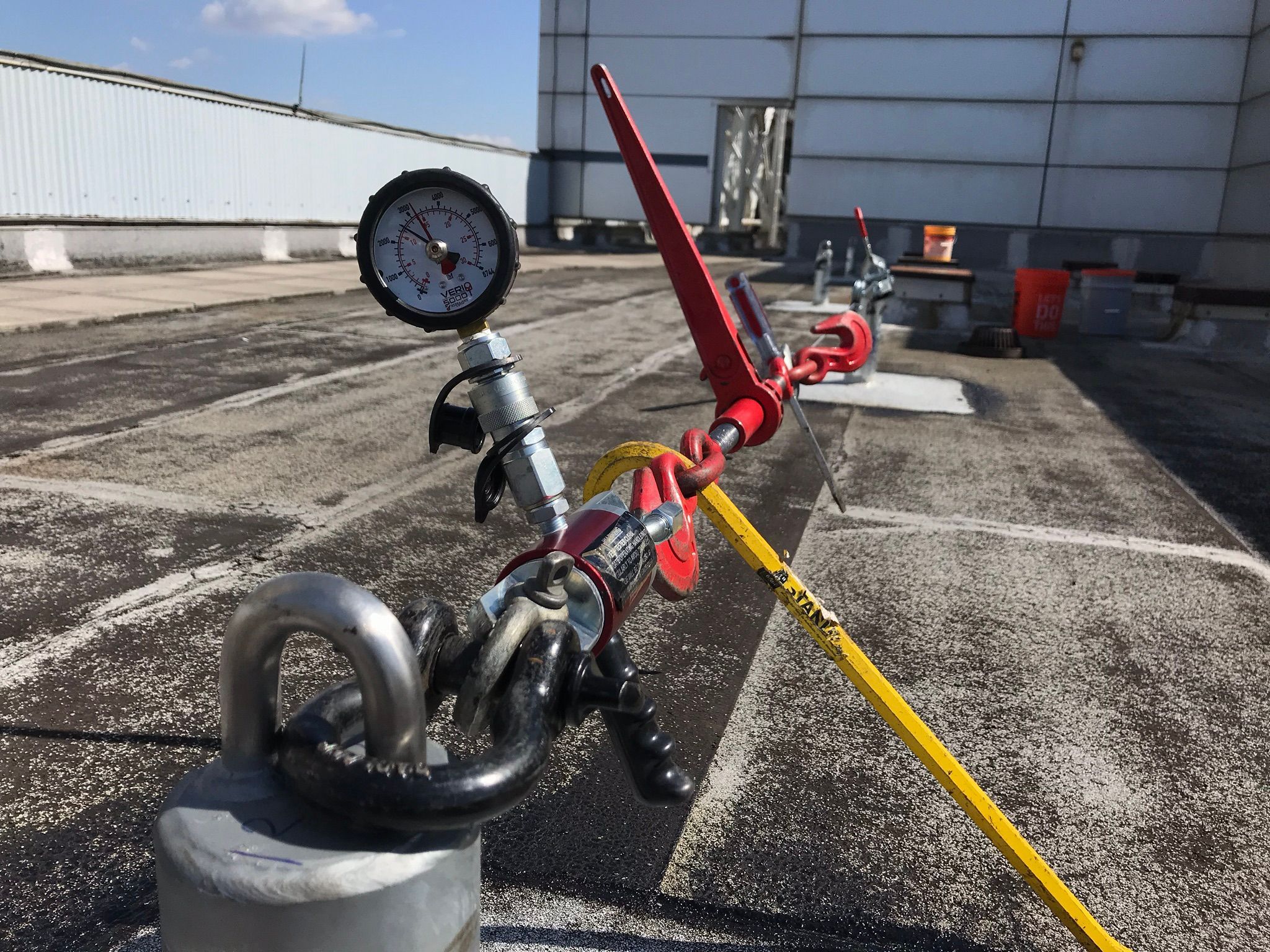Although there may at one time not have been much variety in the types of anchor points available, now there’s plenty of choice. The challenge is to choose those that are most suitable for the working environment and the type of work, and that will give the greatest level of roof fall protection.
OSHA Approved Roof Anchors

Choosing OSHA Approved Anchorage
OSHA roof anchor requirements state that:
- all transportable outriggers must be secured to an approved anchorage while they are in use
- tiebacks have to be secured to a building or structure via a structurally sound anchorage
- anchorages must be capable of supporting a minimum of 5,000 pounds of force per person or have a safety factor of two (so they will withstand twice the force applied in a fall)
- they must be independent of any anchorage used to suspend or support platforms.
The problem with adhering to these regulations is that roofs are of different types and present varying challenges. These include:
- Commercial roofs are often devoid of any features to which mobile anchor points can be attached. This does not, however, excuse employers from the responsibility of protecting their workers. Some anchor points are attached permanently and left in place while others are attached only for the duration of a job and don’t penetrate the roof. Some temporary anchor points use anchor clamps and it’s essential they’re always used when working on a roof.
- Residential roofs require the same level of protection as other types. Anchor points are available relatively cheaply and are attached to each roof’s wooden frame or to the roof itself, which may be tiled or wooden.
- Standing seam roofs provide particular challenges and anchor points for other roof types will not work on them. However, there are two-way standing seam anchors and clamp-style anchors that are designed specifically for these types of roof.
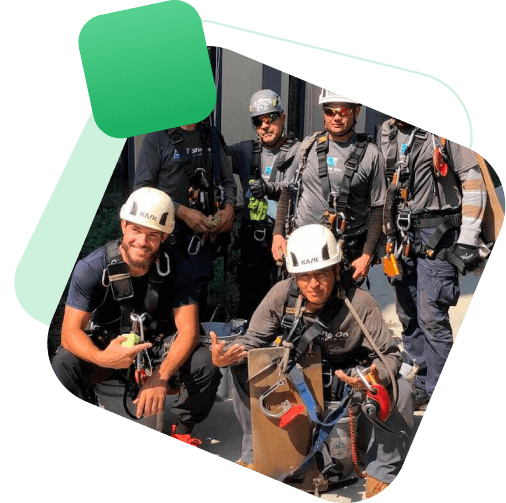
Compliance with OSHA Roof Anchor Requirements is Essential
OSHA regulations are designed to safeguard anyone who is working on a roof and it’s essential you comply with them. Failure to do so not only means you may be liable for a fine or other sanctions, it also puts your employees and others at risk. Using tools like a fall positioning system and davit arm system are crucial tools in OSHA approved fall protection.
The good news is that modern technology has improved to such an extent that there is now a wide range of types of anchor points available. These are supplied as permanent, temporary or mobile anchor points and can be connected to different types of roof, whether constructed from steel, concrete, wood or some specialist material. They can be installed as single anchor points or in a combination to provide a horizontal or vertical lifeline cable system.
Shine on Anchors installs anchor points that can be lightweight and compact for temporary or mobile use, self-contained without connection to separate power sources and are flexible on how and where they’re mounted. They can be for indoor or outdoor use and are extremely robust and durable so they’re resistant to extreme weather conditions.
We can ensure you have the necessary anchor points installed or available, that your roof remains weatherproof after installation and that your workers are fully protected. So start the process to ensure full OHSA compliance.
Safe & Professional OSHA Roof Anchor Practices
Safety and training are our top priorities. In order to deliver a top-quality service to you, a systemized approach to safety is paramount to us, as well as continuous training for our personnel. All of our employees are carefully selected and rigorously trained according to only the highest standards in the industry.
You will receive the most highly specialized procedures in the cleaning services industry that utilize IRA (Industrial Rope Access) combined with SPRAT (Society of Professional Rope Access Technicians) certified and trained employees. Which means you will get the most advanced fall protection systems, anchorage systems, the use of expert equipment, and the continuous training and implementation of the latest safety standards, every single time you work with us.
With safety as our top priority, you will never have to worry if you building is covered from OSHA’s ever-changing laws.
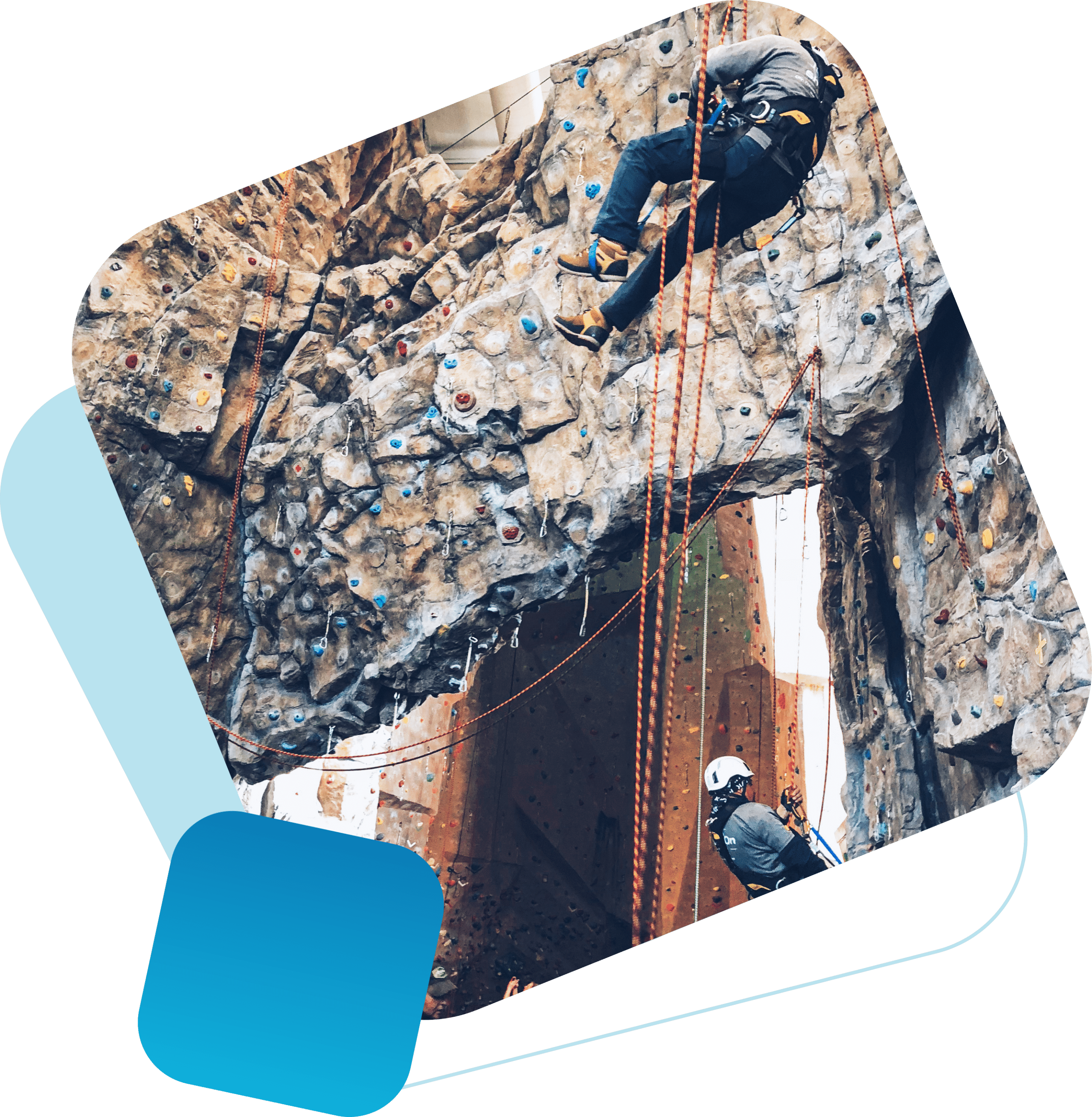
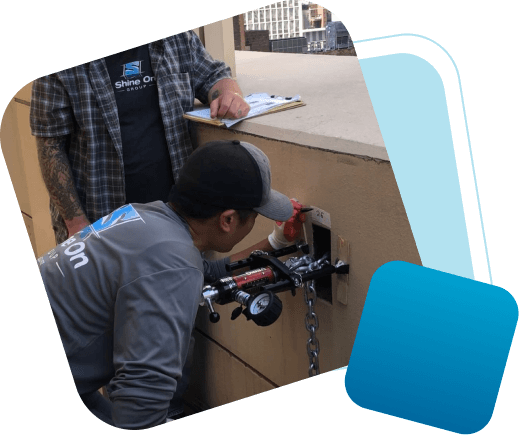
Our crews are trained in:
- Customer Service & Support
- IRA (Industrial Rope Access)
- SPRAT (Society of Professional Rope Access Technicians) standards
- OSHA compliance (1910.27)
- Ladder Work
- Scaffold Systems
- Aerial Lifts
- Decent and Ascent Equipment
- Extension Pole Work
- Pressure Cleaning
- Post Construction Cleaning
- Power Washing
- Anchor Systems
Our teams are trained in:
Customer Service & Communication.
Fall Protection Systems.
Roof Anchors and Anchorage Systems.
Design and Installation.
Certification and Testing.
IRA (Industrial Rope Access).
RDS (Rope Decent Systems).
Window Cleaning Consultation.
SPRAT (Society of Professional Rope Access Technicians) standards.
Walking Working Surfaces and OSHA compliance (1910.27).
Contact Us
Do you want to hire a roof anchor company with an excellent reputation and strong credibility? You don’t need to look any further than Shine On Group. We offer a wide variety of services to meet the ever emerging needs of different customers. You can contact us for the design and installation of scalable and portable fall protection systems, anchor certification, as well as fall protection training and window cleaning consulting.
In order to protect the interests of our customers in the best possible way, we have made our services cost effective, and you can also expect impeccable timeliness with us.
